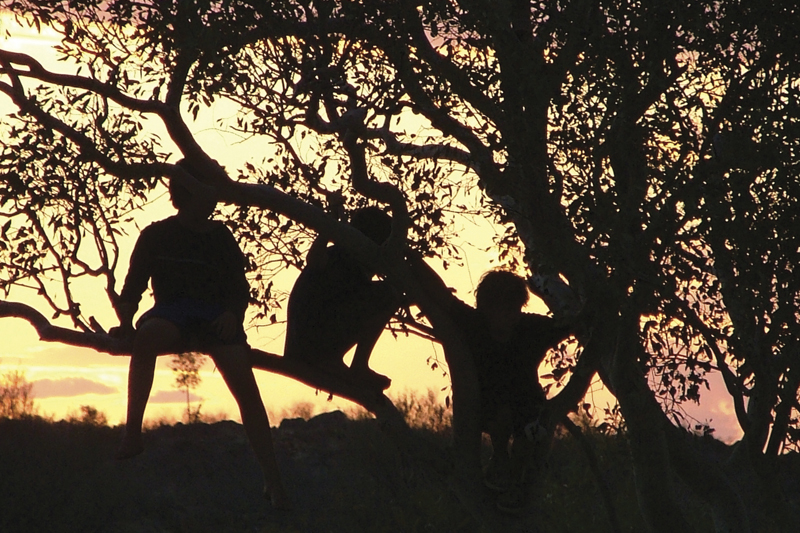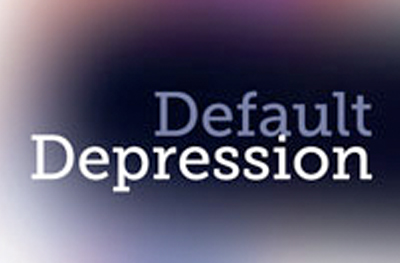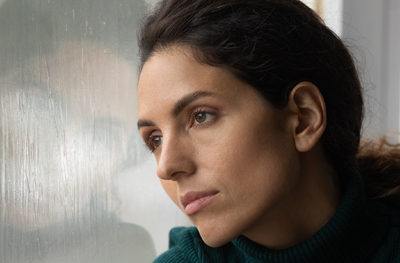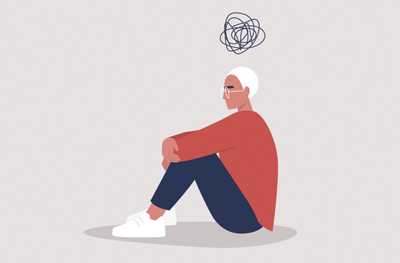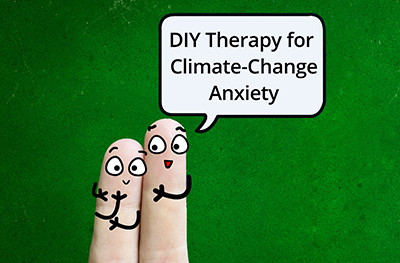Preventing Suicide in Indigenous Communities aims to build the knowledge capacity of social and emotional wellbeing workers, community leaders, health and mental health workers and key community members. It is the product of experience working in suicide prevention and mental health in a number of Indigenous communities and consideration of literature and reports published by Indigenous Elders, academics, NGO and government sources. It has also depended on the kind assistance of several reviewers associated with Indigenous health and community organisations.
It is not intended to be a ‘one size fits all’ resource. It is beyond the scope of such a resource to reflect the culture, social history, conditions or needs of each indigenous community. Nor can it cater for people who are non-literate in English and who might benefit from a resource in their own language. Instead it sets out to inform Indigenous and non-indigenous people in key roles in communities – people who are English literate and have active links to community services, institutions and organisations. These people are often the ones who can make things happen and are best placed to know the cultural and social characteristics and needs of the communities in which they live.
Though this resource is relevant to both male and female suicide prevention, it is important to recognise that the majority of Aboriginal and Torres Strait Islander suicides are male – young males. It is remarkable that, though most suicides are male, little effort has gone into understanding the particular experience and psychology of males in current suicide prevention efforts. Nor is this yet generally a consideration of researchers, program developers and funding bodies. This should not be taken to suggest that we understand the gender specific experience and needs of females at risk of suicide; in fact, a lack of gender specific understanding in relation to females at risk of suicide is also problematic for prevention efforts.
Obviously, the information in a resource of this kind – in fact the sum of literature on this subject, is no substitute for strong culture, changed social conditions, or the need for more relevant programs and services in Aboriginal and Torres Strait Islander communities. However, practical and accessible information is needed, to help empower key people, who are in a position to influence programs, services and community thinking and action, with relevant ‘rules of thumb’ and useful ideas.
A section on Teenagers and Self-harm has been included, because of the frequency of self-harm in Indigenous communities, the importance of understanding the different approaches that are needed in response to self-harm compared with suicidal thinking and behaviour and because, though self-harm is most often not suicidal behaviour, repeated self-harm makes suicide potentially a less foreign and statistically more likely one.
For the sake of brevity, Aboriginal and Torres Strait Islander people will be referred to throughout this resource as Indigenous people.
The tragedy and challenge of Indigenous suicide
“Death is our life,” said an Aboriginal elder from South Australia, describing the tragic experience of many Aboriginal communities Australia-wide, of mourning and sadness for too many young lives lost.
There are simply no words to adequately describe the depth of grief and pain felt by families and communities due to suicide. Unlike death due to sickness, old age, or even accident, suicide creates unanswerable questions that plague the mind and gives rise to emotions of regret, anguish and powerlessness that burn like acid. The aftermath of suicide is human misery of the worst kind. With each suicide the fabric of family and community is torn, their capacity for resilience is damaged and their health and wellbeing compromised.
Suicide prevention should be one of the most urgent priorities of our times – especially in Aboriginal and Torres Strait Islander communities.
A plentiful number of published reports, strategic models, recommendations and research findings are available, yet these are too often not followed by action. Still the rate of suicide remains stubbornly and tragically high. Prevention of suicide in Indigenous communities by outside government agencies and programs – especially those with a mental illness focus, have made small if any gains. Suicide is a national disgrace and one that belies our assertions of the value of human life and community.
Indigenous people who know and see their communities from the ‘inside’ have repeatedly asserted the need for a community centred approach, one that harnesses cultural resources – including elders and key community leaders of culture, in order to begin to heal the wounds of the past and the loss of self-identity and to find confidence and strength to face and overcome the challenges of the future.
In support of healthy culture is the need to urgently address the many adverse social conditions and circumstances of indigenous communities. Any initiatives must be sensitive to local communities and arising from them. Outside resources will of course be crucial, but they will be most effective if they support initiatives of local origin and ownership: creative and flexible ways of doing things that reach beyond the imagination and scope of uniform and generalised bureaucratic policies and programs.
Too many lives lost – the facts
- Suicide is one of the most common causes of death among Aboriginal and Torres Strait Islander peoples.
- Suicide accounts for 1 in 20 Indigenous deaths and with the problem of under-reporting this rate is very likely higher.
- Nearly 80% of all suicides in Australia are male, with two thirds dying on their first attempt.
- Males are around 3.3 times more likely to die by suicide than females.
- Young Aboriginal and Torres Strait Islander males (15-19 years) are over 4 times more likely to die by suicide than are other young Australian males. Similarly, young Aboriginal and Torres Strait Islander females (15-19 years) are nearly 6 times more likely to die by suicide than are other young females. These rates of suicide are amongst the highest in the world.
- Self-harm is common in Indigenous communities, particularly amongst adolescents. Individuals who self-harm are up to 200 times at greater risk of suicide than the general population across the lifespan.
- Of great concern is how suicide deaths often spark clusters of suicides (suicide contagion) in Indigenous communities.
- Most disturbing is that increasingly children are committing suicide and may be perceiving suicide as an almost normal behaviour; that some children are beginning to see ending their lives as the only available coping mechanism signals serious community breakdown.
- Suicide rates in rural and remote areas are significantly greater than in urban populations, with indigenous males being most at risk.
- Alcohol intoxication hugely increases the risk of suicide and the impulsiveness that is often associated with it.
- Current emphases of services offering intervention with mental illness do not appear to be successful in suicide prevention in Indigenous communities.
- Depression and suicide are often found to be linked. However, this link should not automatically be assumed, because there are many cases where no such link is evident. Automatically assuming this link can also obscure other factors influencing suicide, such as psychological distress and powerlessness.
- Antidepressant medications may be effective in the treatment of some forms of depression, but current evidence does not suggest that they have an effect in reducing the risk of suicide attempts or completions.
- Families of Aboriginal children have reported extraordinarily high levels of stress. In one survey, findings suggested that 1 in 5 Aboriginal children aged 0-17 years experienced living in families where major life stress events – incarceration, violence, severe hardship and death – had occurred.
- Suicide deaths, particularly by hanging, have frequently been witnessed by members of Indigenous communities and places where people have died by suicide have often taken on local meanings and associations. There are examples of communities with high levels of exposure to both death and suicide that appear to have become desensitised to suicide and self-harm, so that these behaviours, though not acceptable, have become ‘normal’ and even expected.
Communities, families and individuals most at risk of suicide
Suicide in Indigenous communities not only appears associated with conditions and factors in common with non-indigenous people who end their lives, but must also be understood in the context of a whole extra layer of complex underlying historical, social, cultural and economic problems and conditions – which have been found to greatly contribute to increased individual risk and endemic rates of suicide and self-harm among Indigenous peoples.
It would be misleading to suggest a list of definitive risk factors relating to community, family, or individuals, given this complexity. Some risk factors in current literature are not yet strongly supported with data, though corroborated by communities’ own observations and those of workers and health professionals in Indigenous communities. Also, only limited research has been conducted into Indigenous understandings and definitions of suicide and self-harm behaviour.
More knowledge derived from research and evaluation of existing programs of prevention will need to continue to inform our efforts and thus bring us closer to more effective solutions. Despite the present limitations of suicide prevention knowledge, enough is known to act with reasonable confidence in attempting to make real headway in diminishing the rates of suicide in both indigenous and non-indigenous communities.
And let us not overlook the potential merit of finding out what does appear to be working in some contexts and more fully resourcing those efforts – doing more of what works and tentatively replicating those features that may be generalisable for other similar communities.
The health and wellbeing of Indigenous peoples is not an insoluble problem, especially if capacity for prevention can be nurtured within communities by communities themselves and if they can find ways of engaging – especially young people, with the transformative power of culture. Given the formidable challenges and pressures facing Indigenous communities, families and individuals, one can only marvel at the strength and resilience of Indigenous peoples, when so many families have still been able to raise healthy, happy children and maintain and nurture their culture in many regions of Australia.
Please get in touch with us to find out more about this article. It is an excerpt from a 56 page booklet.

